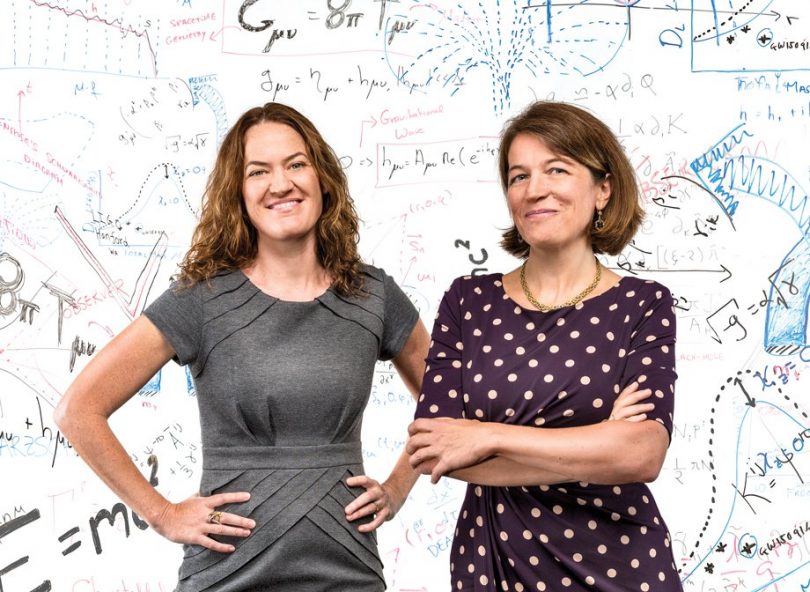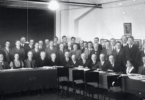We all know women have been making their mark on history for, well, all of recorded history. But two women profiled in a piece by Atlanta Magazine this month were part of a team that looked back well beyond that—billions of years back, in fact.
Deirdre Shoemaker, director of the Center for Relativistic Astrophysics, and longtime researcher Laura Cadonati discussed their findings recently. The breakthrough confirmed predictions made 100 years ago, by Albert Einstein. Their team confirmed the existence of gravitational waves, predicted by Einstein’s theory of relativity. The finding will affect how physicists study and describe the entire universe going forward.
If you find gravitational waves a bit tough to understand, you’re not alone—we’re a bit fuzzy on the details. But it’s a fascinating, inspirational read, and just one more way women are—excuse the pun—making waves. Read more at the link to learn about their amazing work.
atlantamagazine.com – Deirdre Shoemaker has known from the time she was a 12-year-old science fiction fan that she wanted to spend her life studying black holes. But when she came to Georgia Tech in 2008 as a founding faculty member of the university’s Center for Relativistic Astrophysics, she found few other female postgraduates.
“You see women in biology, life sciences, and even math, but physics is still lagging for whatever reason,” says the bubbly Shoemaker, who in 2013 became director of the center, which researches cosmic mysteries like dark matter and particle physics.
This past February, Shoemaker and Laura Cadonati, a veteran researcher who joined Tech last year, were part of the international team that confirmed the existence of gravitational waves, a long-elusive cosmic feature first predicted a century ago by Albert Einstein’s theory of relativity.
A few days after the scientific breakthrough made headlines around the world, the two women delivered a presentation on the findings during a Sunday afternoon event sponsored by the Atlanta Science Tavern. Before an improbably standing-room-only crowd at the Decatur Recreation Center, they explained that the first gravitational waves ever to be detected had come from the collision and merger of two black holes—each about 30 times the mass of the sun—that occurred 1.3 billion years ago.
“The gravitational wave discovery,” Cadonati says, “has opened up new ways to study the universe” because the waves can be used to collect data about distant objects like neutron stars and cosmic events like the Big Bang.







